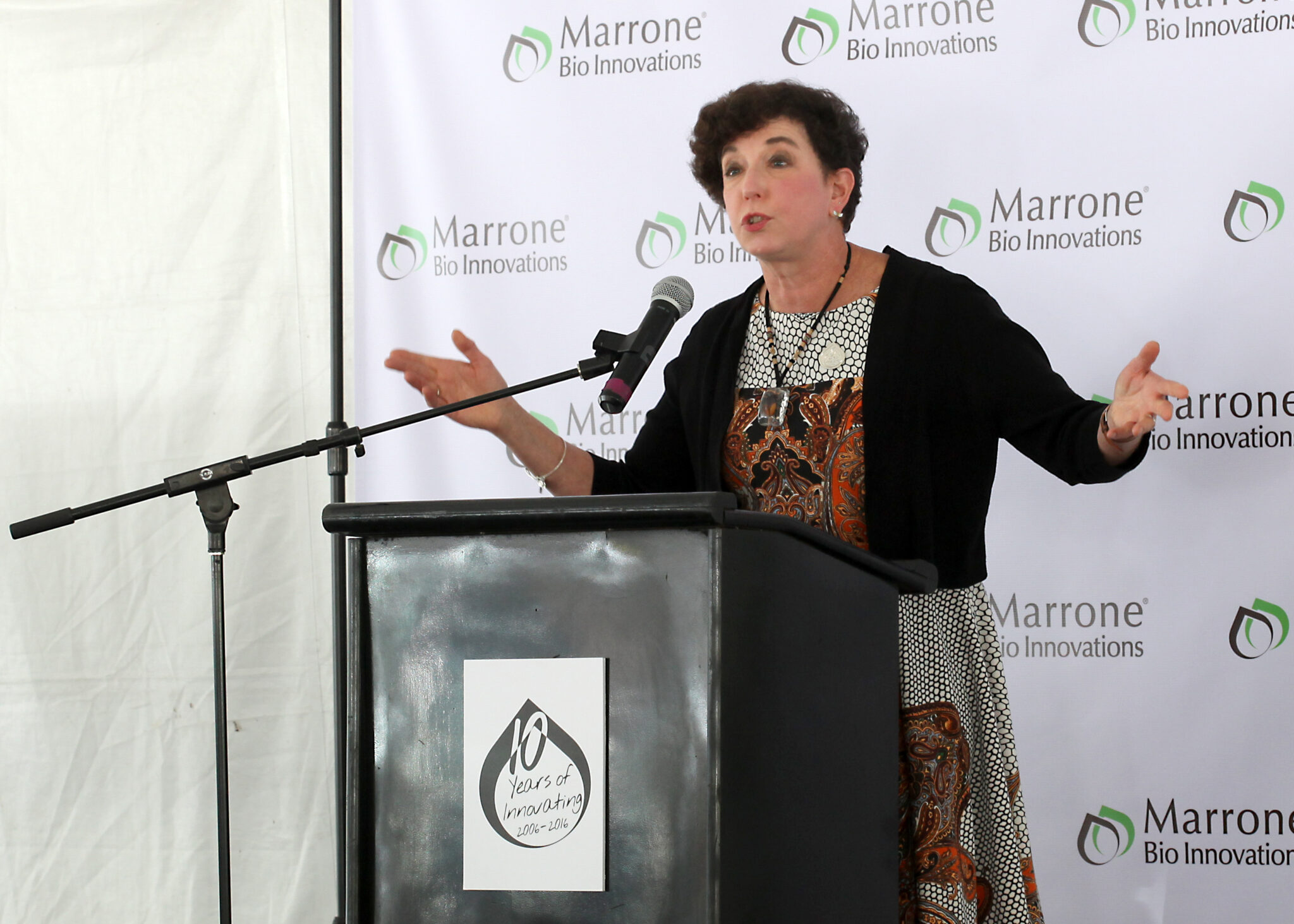
As a startup founder, there are multiple junctures in the process of launching a business at which you’ll need to raise money to keep growing. As part of the fundraising process, investors offer startups funding in exchange for ownership or equity.
The first financing stage – of four stages, if your business is successful – is called seed fundraising, and it entails raising money from friends and family or angel investors to get your idea off the ground. That might get you to the point where you have a product or full fleshed out idea.
But what comes after? That’s where series A funding comes in.
Let’s take a look at series A funding and how to raise a series A funding round.
What is Series A fundraising?
Series A funding gives startups with demonstrable potential the resources to grow their business and expand operations. For example, this often includes hiring, acquiring office space, and buying necessary equipment. This money can also be used to pay out seed and angel investors. Companies typically start series A fundraising before they start getting revenue, but after establishing a promising product or business model.
Series A financiers are often established venture capital and private equity firms, whereas seed financing originates from the founders themselves, their family and friends, smaller angel investors, or through crowdfunding. Acquiring series A financing can be difficult for first time founders, since venture capitalists look for past success to indicate future success. New founders may have to prove themselves using other benchmarks, like revenue.
Series B and series C fundraising rounds come after series A fundraising.
How much is Series A funding?
Startup funding stages require different amounts of money and entail different levels of risk for investors at each stage. While seed capital provides startups with relatively small amounts of money necessary to get off the ground, series A investment is typically in the millions or tens of millions of dollars.
During this round, investors are able to purchase up to 30 percent of a company. According to Visible, the average amount of seed funding is $5,600,000, while the average series A funding is $15,700,000. Capital provided during the series A round should be enough to fund the company for up to two years.
In exchange for their investment and decision to take on significant risk, investors who provide series A financing get series A preferred stock, a type of equity that has more benefits than class B or class C shares – due to the increased risk. Series A investors may also receive company board seats. Investors at this stage are looking for significant returns of up to 300 percent in several years.
How to raise Series A funding
Getting series A funding requires you to prove your company’s future valuation to investors. Determining a company’s valuation might require the outside expertise of analysts. Given the risk involved in providing series A funding, investors will be scrutinizing a startup’s detailed business plan and financial data before committing capital.
That’s why it’s critical to ensure you’re ready before you start raising capital. Before you seek series A funding, you should have a team in place, a clear path to profitability, investor connections, and pitch materials prepared.
Increasingly, startups are raising series A funding online through platforms like Onevest and SeedInvest.
Founders Network provides specific information about approaching firms for VC funding, including interviews with VC investors and even opportunities to meet them. In his discussion with Founders Network, Bill Reichert, managing director of Garage Technology Ventures, outlined the two qualities he looks for in companies when deciding to invest: a unique value proposition and an unfair advantage.
“You need a unique value proposition to gain customers, which an unfair advantage won’t necessarily get you. On the flip side, if you don’t have an unfair advantage, anyone can copy your value proposition and compete with you. So you need both,” he said.
For a successful startup, Series A funding is just the second stage of four stages of funding. Founders Network counts among its members founders who have successfully acquired startup funding. As a member, you have access to resources that can help guide your fundraising process. From crafting your pitch deck to determining appropriate sources of funding, Founders Network is sharing the expertise needed to navigate this process successfully.






